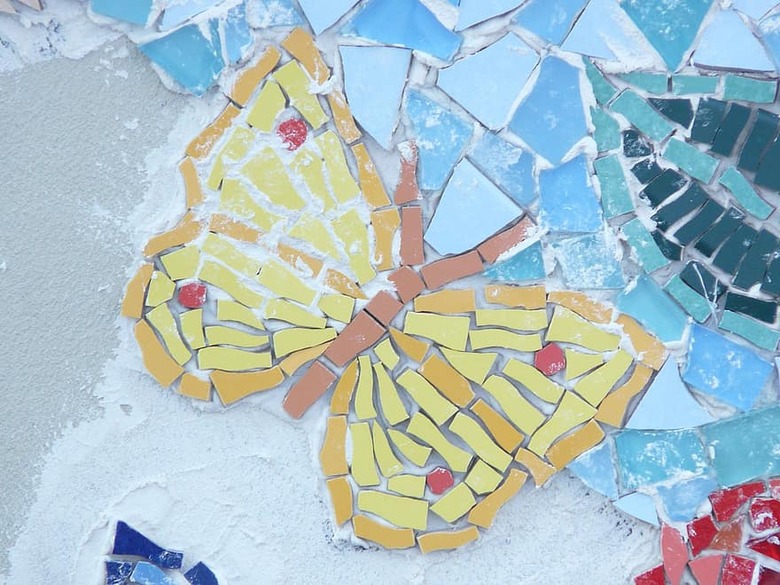- Author:
- Jamie Marquitz, Amy Erb, Candice Anthony-Cazenave, Jessica Brown
- Subject:
- Cross-Curricular, STEM/STEAM, Visual Art, Measurement and Geometry
- Material Type:
- Lesson
- Level:
- Lower Primary, Upper Primary
- Tags:
- License:
- Creative Commons Attribution
- Language:
- English
- Media Formats:
- Downloadable docs, Interactive
Education Standards
OER_Butterfly_Adaptation__bZpeQQx
TEI Adaptations
Butterfly Adaptations

Overview
Butterfly adaptations are linked to Greek and Roman mosaics.
Butterfly Mosaic Lesson
Objectives: The students will use geometric shapes to create butterflies that are using mimicry or camouflage.
Art SOLs:
K.11 The student will use motor skills (e.g., pinching, pulling, squeezing, twisting, pounding, rolling, folding, cutting, modeling, stamping) to create two-dimensional and three-dimensional works of art.
1.4 The student will create works of art inspired by stories or poems, ideas, and themes.
2.4 The student will create works of art inspired by a variety of concepts, themes, and literary sources.
3.8 The student will use organic and geometric shapes in observational drawing.
4.1 The student will use steps of the art-making process, including brainstorming, preliminary sketching, planning, and reflecting, to generate ideas for and create works of art.
5.2 The student will execute and complete works of art with attention to detail and craftsmanship.
K.10 The student will :
a) identify and describe plane figures (circle, triangle, square, and rectangle);
compare the size (smaller, larger) and shape of plane figures (circle, triangle, square, and rectangle);
1.11 The student will
a) identify, trace, describe, and sort plane figures (triangles, squares, rectangles, and circles) according to number of sides, vertices, and angles;
2.12 The student will
draw a line of symmetry in a figure; and
identify and create figures with at least one line of symmetry.
3.4 The student will investigate and understand that adaptations allow animals to satisfy life needs and respond to the environment. Key concepts include :
a) behavioral adaptations; and
b) physical adaptations.
4.5 The student will investigate and understand how plants and animals, including humans, in an ecosystem interact with one another and with the nonliving components in the ecosystem. Key concepts include :
a) plant and animal adaptations;
5.14 The student will
a) recognize and apply transformations, such as translation, reflection, and rotation; and
b) investigate and describe the results of combining and subdividing polygons.